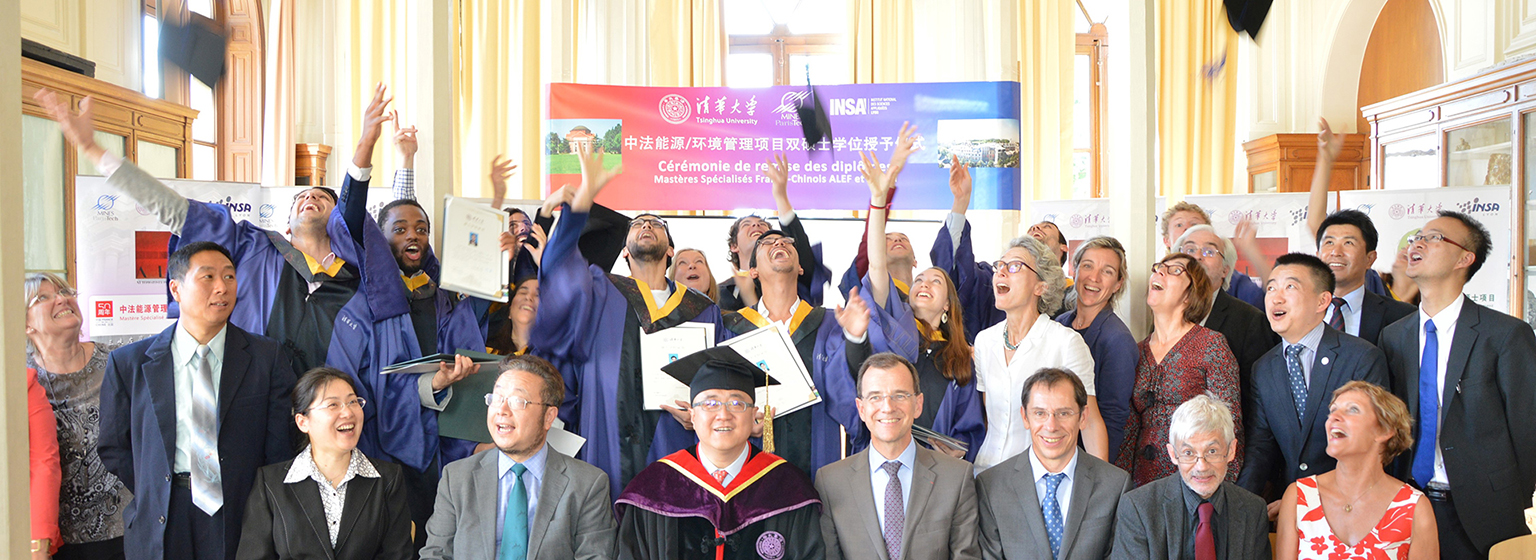課程編號(hào):30050213
課程名稱:環(huán)境監(jiān)測(cè)Environmental Monitoring
課程學(xué)時(shí):48
課程學(xué)分:3
授課語(yǔ)言:中文
課程簡(jiǎn)介:
本課程定位為環(huán)境工程專業(yè)本科生的專業(yè)基礎(chǔ)課,,旨在使學(xué)生全面掌握描述水、氣,、土壤等環(huán)境質(zhì)量的參數(shù)的定義,、測(cè)定方法和環(huán)境意義,熟悉相關(guān)的國(guó)家環(huán)境標(biāo)準(zhǔn),,培養(yǎng)熟練的環(huán)境監(jiān)測(cè)實(shí)驗(yàn)技能,,以及獨(dú)立開(kāi)展環(huán)境監(jiān)測(cè)方案設(shè)計(jì)和實(shí)施的能力,為后續(xù)專業(yè)課程學(xué)習(xí)和研究打下基礎(chǔ),。課程由課堂講授,、實(shí)驗(yàn)和監(jiān)測(cè)方案設(shè)計(jì)與討論多種方式進(jìn)行。課堂講授主要介紹水環(huán)境監(jiān)測(cè),、大氣環(huán)境的監(jiān)測(cè),、土壤環(huán)境的監(jiān)測(cè)、噪聲監(jiān)測(cè),、環(huán)境監(jiān)測(cè)質(zhì)量控制與環(huán)境質(zhì)量評(píng)價(jià),、環(huán)境監(jiān)測(cè)新技術(shù)等內(nèi)容,使學(xué)生了解天然水,、廢水,、空氣、廢氣,、土壤等的成分和性質(zhì),,熟悉水質(zhì)標(biāo)準(zhǔn)、空氣質(zhì)量標(biāo)準(zhǔn)的有關(guān)內(nèi)容及其制定原則,,了解污染的來(lái)源以及主要污染物質(zhì)的性質(zhì)和分析測(cè)定方法,,掌握水、大氣,、土壤和噪聲方面主要監(jiān)測(cè)指標(biāo)的監(jiān)測(cè)方法和環(huán)境意義,,并了解監(jiān)測(cè)數(shù)據(jù)在污染控制工程中的應(yīng)用方法。 選擇BOD,、COD,、TOC等重要的水質(zhì)指標(biāo)和氮氧化物等大氣和土壤指標(biāo),,結(jié)合校園環(huán)境質(zhì)量進(jìn)行開(kāi)展監(jiān)測(cè)實(shí)驗(yàn),培養(yǎng)學(xué)生的實(shí)際操作能力,。同時(shí)指導(dǎo)每位同學(xué)獨(dú)立設(shè)計(jì)一項(xiàng)完整的監(jiān)測(cè)方案,,培養(yǎng)學(xué)生獨(dú)立進(jìn)行環(huán)境監(jiān)測(cè)工作的能力。
This course is composed of classroom teaching, experiments, and discussion on monitoring plan design. The classroom lectures mainly introduce monitoring of water, air, soil, and noise, quality control of environmental monitoring, and new environmental monitoring technologies, enabling students to understand the properties of natural water, waste water, air, and soil, be familiar with the content and establishment principles of water and air quality standards, understand the origin of pollutions and the properties, and analytical and measurement methods of the major pollutant. Then, in the experiment sections, students will select major water quality indexes like BOD, COD and TOC, and air and soil quality indexes like nitrogen oxide, and launch monitoring experiments on campus, cultivating their practical operation capacity. It also helps students learn the major monitoring methods and the environmental meaning of the indexes in water, air, soil and noise monitoring, and understand the application of these data in pollution control engineering. During the discussion on monitoring plan design, every student is guided to design a complete monitoring plan on their own, where their capability to independently carry out monitoring work is cultivated.





